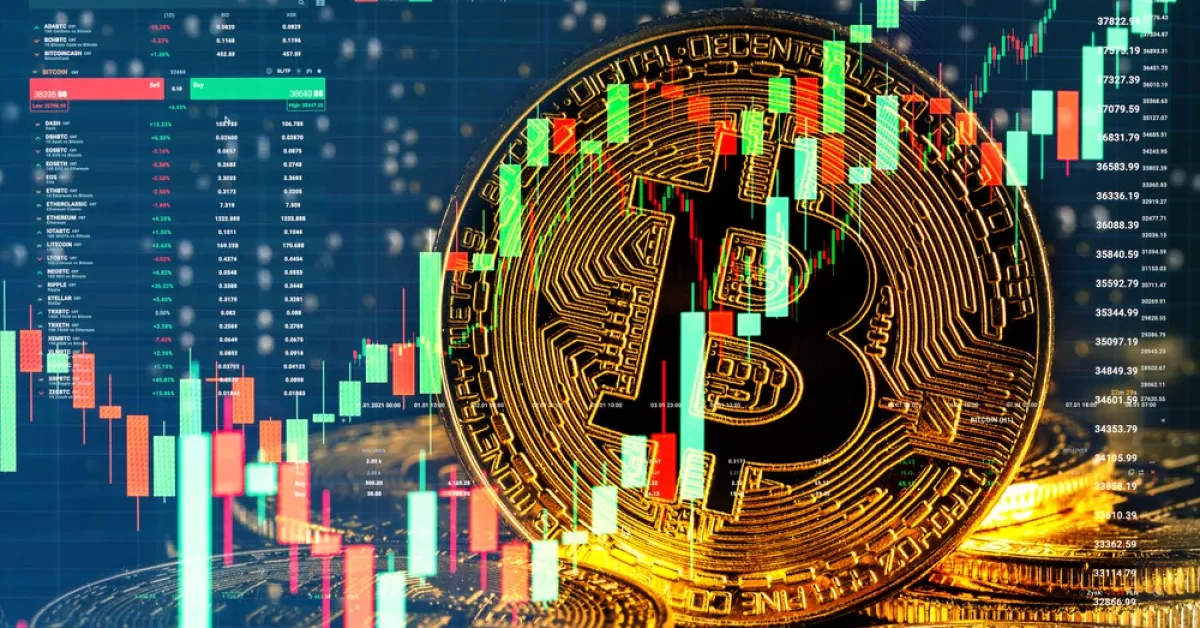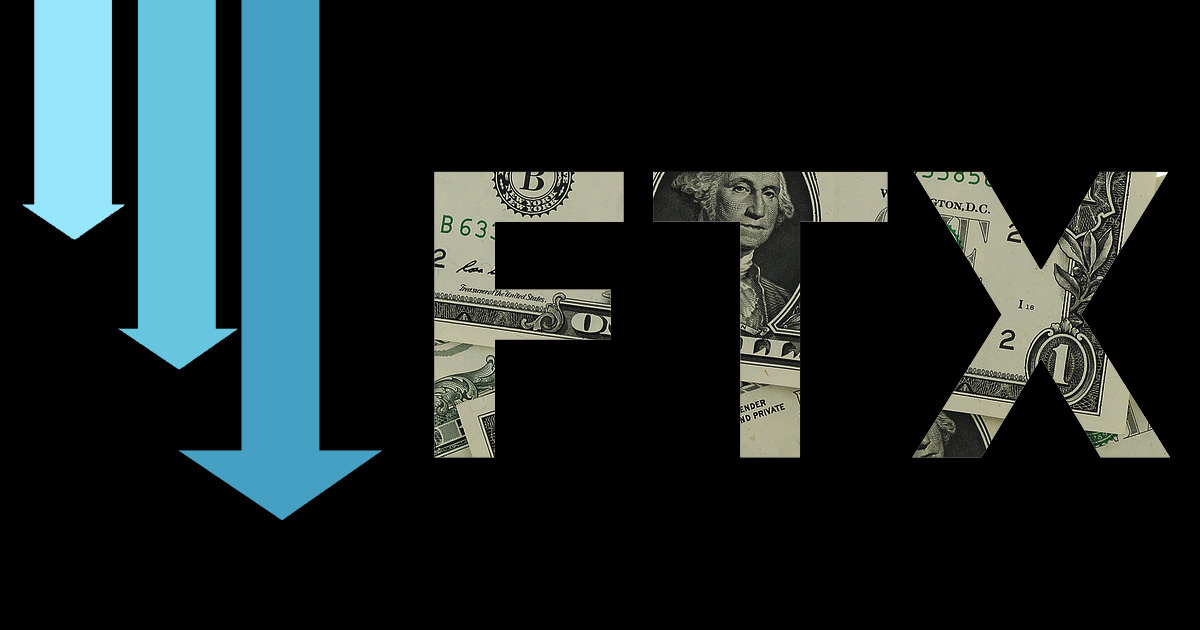Decentralized finance is one of the vital purposes for the existence of crypto assets, being practically its reason of being. The vision is to create a fully globalized world, in which retailers or individuals can have full control of their capital without the need for intermediaries, which today are traditional financial institutions that overwhelmingly dominate financial markets. That said, what decentralized finance seeks is to develop a financial system with greater transparency and opportunities for the entire population. However, we are at the beginning of a long process of adaptation, which will have to go through different stages full of changes, government impositions, and technological innovations, such as metaverses.
The metaverse is a trend all over the world, due to the great advances and projects that have emerged in recent years, as well as the enthusiasm and vision of the most important and innovative companies of the world to create a totally digital ecosystem through which a global interaction between users can be generated.
 Throughout the last two decades we have witnessed different metaverse projects, such as Habbo, which is a digital game through which users create an avatar and interact with each other inside a hotel, which is a 100% virtual space. Although, these types of platforms have been developed with the purpose of providing entertainment to the community, blockchain technology has arrived to take metaverses to the next level, creating decentralized economies through which users can generate a digital wealth with assets that can reach higher value than tangible assets. You may wonder, how would the creation of these decentralized economies take place?
Throughout the last two decades we have witnessed different metaverse projects, such as Habbo, which is a digital game through which users create an avatar and interact with each other inside a hotel, which is a 100% virtual space. Although, these types of platforms have been developed with the purpose of providing entertainment to the community, blockchain technology has arrived to take metaverses to the next level, creating decentralized economies through which users can generate a digital wealth with assets that can reach higher value than tangible assets. You may wonder, how would the creation of these decentralized economies take place?
On October 28, Mark Zuckerberg, CEO of the company that we used to know as Facebook, Inc, announced the change of its corporate name to Meta Platforms, Inc., also mentioning that they will seek to develop a virtual ecosystem to improve the experience of users through a metaverse. This event focused the world’s attention on this type of projects, generating controversy but also great enthusiasm in the cryptocurrency market.
 Nowadays, there are already different platforms that offer decentralized virtual worlds, commercializing digital goods and services using cryptocurrencies as a payment method. Within this type of assets, the purchase of digital land (plots), works of art, collectibles, among others, stands out. The interesting thing here is that digital commerce on metaverse platforms is already happening, and each time we can find a greater variety of products which provide quite interesting investment opportunities. That is why large companies and investors have chosen to acquire digital goods for exorbitant amounts of money.
Nowadays, there are already different platforms that offer decentralized virtual worlds, commercializing digital goods and services using cryptocurrencies as a payment method. Within this type of assets, the purchase of digital land (plots), works of art, collectibles, among others, stands out. The interesting thing here is that digital commerce on metaverse platforms is already happening, and each time we can find a greater variety of products which provide quite interesting investment opportunities. That is why large companies and investors have chosen to acquire digital goods for exorbitant amounts of money.
There are different factors that demonstrate the potential that crypto assets and blockchain technology have to be the basis of financial systems within future metaverses, since some of them have been implemented today and have worked quite well.
Among these factors, the following stand out:
- Blockchain networks
- Implementation of smart contracts.
- Emergence of NFTs.
- Decentralized Finance protocols (DeFi).
Blockchain Networks
The development of blockchain networks has been critical for the creation of decentralized metaverses, as they provide the basis on which they are created. For example, projects such as Descentraland or Axie Infinity were built on the Ethereum network, and it is through it that they can exist and carry out decentralized operations, relying on smart contracts.
In addition, blockchain technology allows digital goods traded on this type of platform to be transacted in a fast and secure way, providing certainty to investors and users who participate in this digital commerce network.

Implementation of smart contracts
Smart contracts are agreements generated through lines of code programmed in a computer, between two or more parties, executing once a series of conditions are met. Its execution is fully automated, using blockchain technology.
This type of contract has set the tone for what decentralized applications are, especially if we talk about those that offer decentralized financial services (DeFi). In addition, it allows the transactions of goods and services within the metaverse to be irreversible and immutable, which streamlines the processes of transaction and change of ownership, making it much easier than if it was an operation of a physical asset through traditional financial and legal systems.

Emergence of NFTs
Here we enter one of the fundamental parts that have managed to develop a decentralized asset market within the metaverse platforms and would be vital for the future of digital goods trading: NFTs.
NFTs (Non-Fungible Tokens) are unique and irreplaceable assets, with some representative digital objects, such as a work of art, an image, an item from a digital game, etc.
One of the main differences between metaverses developed in blockchain networks and in central servers (such as Habbo, which belongs to a company) is that in those developed on blockchains networks no company can intervene, modify or confiscate the goods acquired by users, since the virtual world belongs to the entire community and not to a specific organization, so it provides users power and freedom over their assets, as well as a voice and vote when making decisions regarding the platform.
So the NFTs, being unique assets, help to provide security and ownership to the user over their digital heritage.

Descentralized Finance protocols (DeFi)
Some years ago, Satoshi Nakamoto embodied the idea of creating this type of currency in order to develop a series of assets that together would provide a globalized, more transparent financial system with greater opportunities and security to users.
Decentralized finance protocols (DeFi) are very important in the world of cryptocurrencies, by giving any user the opportunity to obtain loans and other financial services in a decentralized way and without the need for intermediaries. They work through applications called Dapps (decentralized applications), which perform financial functions within a blockchain. In addition, they offer great rewards to those who provide liquidity in different protocols within this ecosystem.
These types of applications and protocols are undoubtedly essential for the development of metaverses, which could also evolve to later provide consolidated financial systems. Although these are in the early stages of development and will witness great changes and improvements, there is no doubt that given the large number of investors and a growing community, new needs for financial services will be generated within them, so the Dapps will play an indispensable role in the world of metaverses.

Blockchain metaverses today
Currently there are various platforms that use NFTs to generate interaction between users, ranging from worlds of augmented reality to games through which benefits can be obtained. The previously mentioned factors have made metaverse investment opportunities quite attractive, especially in the long term, which is why million-dollar transactions have been made in acquisitions of digital goods. Some of the most popular platforms today are the following (its token is included in parentheses):
Descentraland (MANA)
Descentraland is an augmented reality platform, which works on the Ethereum blockchain and allows users to develop, experiment and monetize content and applications. It provides a virtual space through which users can interact, as well as attend events, acquire properties and much more.
Descentraland’s token is MANA, which is trading around $3.11, after a bullish rally this year that led the asset to grow up to 7,493%.

Axie Infinity (AXS)
Axie Infinity is a combat and trading game that works on the Ethereum blockchain, which is also partially owned and operated by its players.
In this game, the users acquire a character (NFT) whom they will have to take care of, so that it can fight in order to compete for rewards. These rewards have become quite attractive for a large number of players and investors, so this type of platform is beginning to be seen as a source of work within the metaverse.
The Axie Infinity token is AXS, which is trading around $ 94.64 with an increase of up to 30,657% this year.

The Sandbox (SAND)
The Sandbox is a virtual world, which works on the Ethereum network and allows users to create, build, buy and sell digital assets within the platform. It combines autonomous decentralized organizations and NFTs to provide a fully decentralized platform with a fairly good outlook.
The Sandbox token is SAND, which is trading around $4.95, after a bullish rally this year of up to 23,741%.

Conclusion
The idea of the metaverse along with everything that the world of decentralized finance implies, blockchain technology and the large amount of investment that large corporations and investors are putting in this type of projects, will undoubtedly generate an important revolution. We are in a stage of great opportunities, and although the road will not be easy and we will see several stages of development that may have difficulties or issues, the metaverse will be a fundamental part of the technologies of the future. Finally, it is important to mention that the decentralized financial services that are just emerging will play a fundamental role in them.




